Quality control plays an important role in every stage of the production of maize products, from intake to packing.
Large mills have fully equipped laboratories where routine quality checks are carried out. However, the small miller cannot afford to equip and run such a laboratory, and therefore needs an area in the mill where the simpler, basic tests can be carried out.
Moisture content is one of the tests that need to be conducted:
Silo/ intake
There should already be an accurate moisture meter at the silo/ intake as it’s important to test the moisture of the incoming maize. A maximum level of 13% is recommended, allowing the miller to add some water during conditioning to achieve a milling gain, while still ensuring a low moisture content in the bag when the product is packaged.
Maize conditioning
Feed to the mill
Maize products
The maximum permissible moisture level of maize meal at the time of packaging may not exceed 14% in South Africa and many other African countries.
The customer on the other hand wants a product with a good shelf life, because if the moisture content is too high, the maize might go rancid or bitter – especially during the hot summer months and in areas of high humidity.
Pneumatic conveying causes a slight level of moisture loss and mills like the Roff C-80 add extra moisture to compensate for it.
There are various moisture testing machines available from which the miller can choose. The simplest and most accurate method of moisture testing is the oven test.

METHOD
Moisture content = Initial weight of sample in grams
This method can also be used to test the moisture of maize at the intake, particularly when there’s a need to check the accuracy of the moisture meter. For whole maize, the sample would have to be ground up before testing on a simple hand grinder.
FREQUENCY OF MOISTURE TESTING
- Silo/ intake: Every truckload of maize received
- Conditioned maize: When conditioning the maize
- Maize to the mill: At least twice a shift
- Finished products: At least twice a shift
Important: Don’t forget to check the moisture of the chop (germ), as it’s vital that it doesn’t turn rancid. Testing is particularly necessary if the germ isn’t sent to a feedlot on a daily basis.
KEEP RECORDS OF YOUR TESTS
It’s recommended that millers keep records for each type of test done in the mill, so that customer and other complaints can be traced back to the date of manufacture.
A simple way of recording the results is to add a section on to the extraction logbook. The miller notes the time of the test, the product and the results obtained. If the results are entered into a computer, the same method of recording will apply.
MUST-HAVE LABORATORY EQUIPMENT
- Good quality moisture tester
- Electronic laboratory scale
- Stainless steel table to work on (or table with a smooth surface)
- Perspex spec measurer
- Laboratory sifter (set of hand screens with critical sizes in a small mill)
- Small oven that can heat to 160°C
- Hand grinder or coffee mill



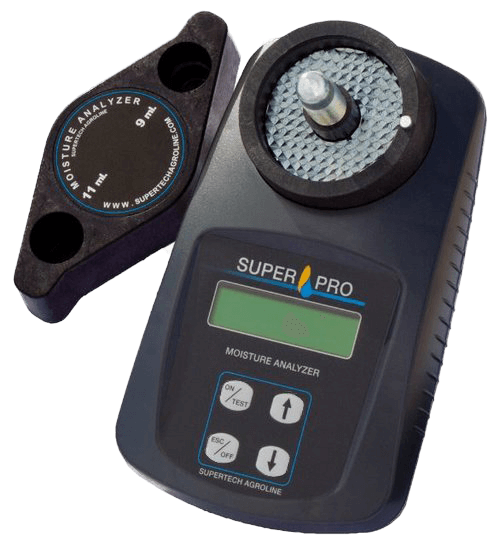
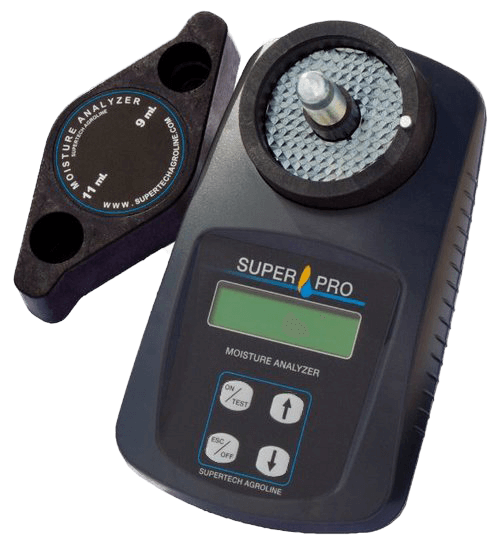
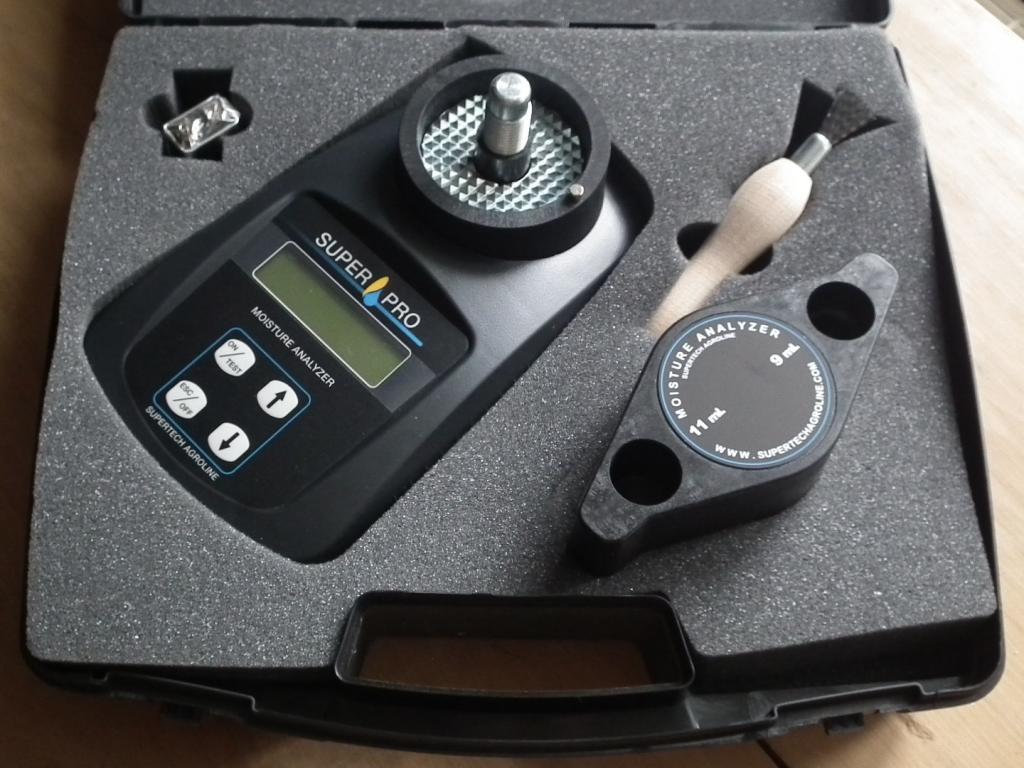
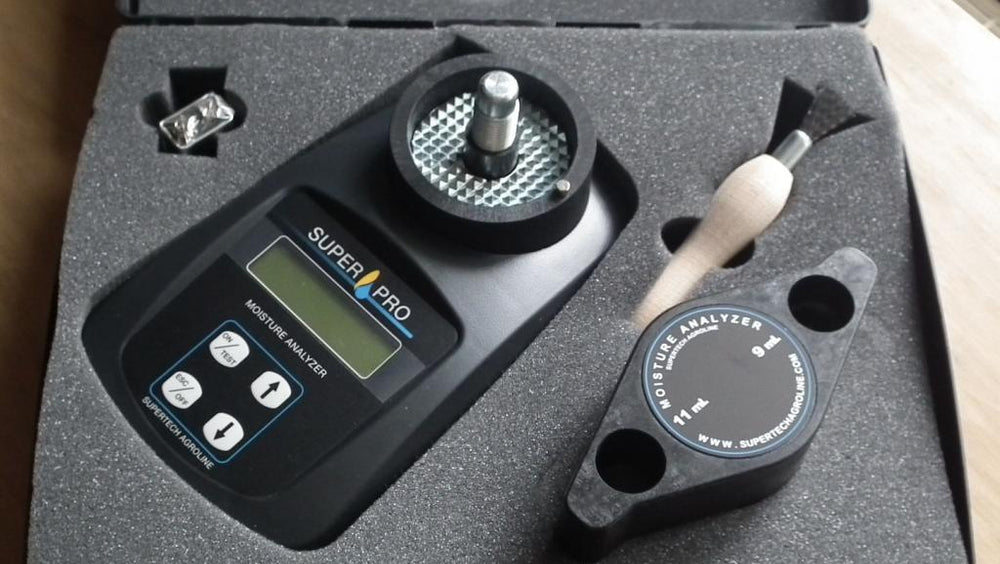
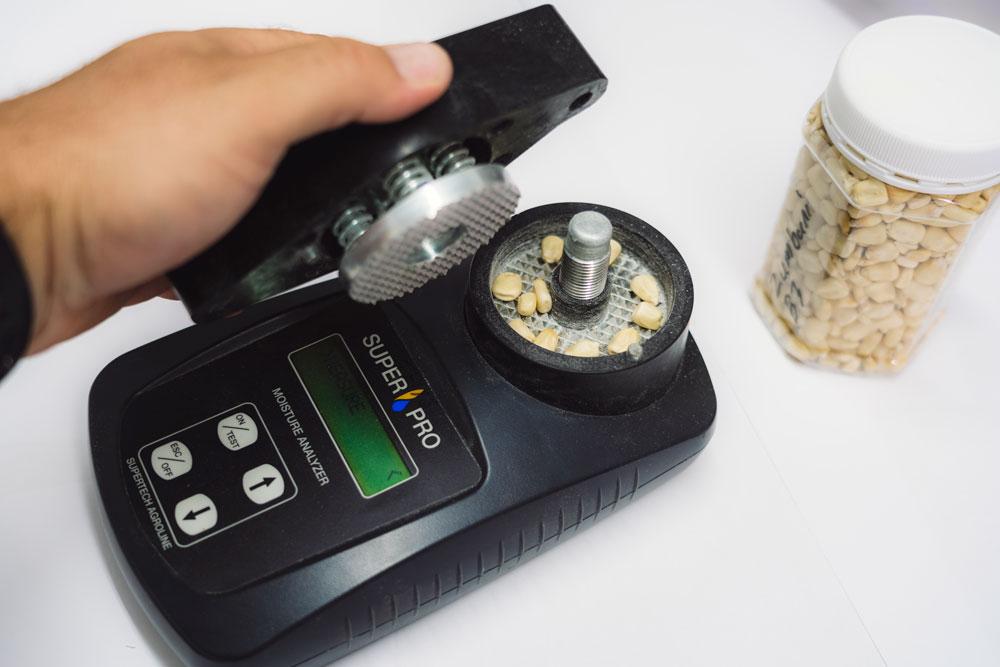
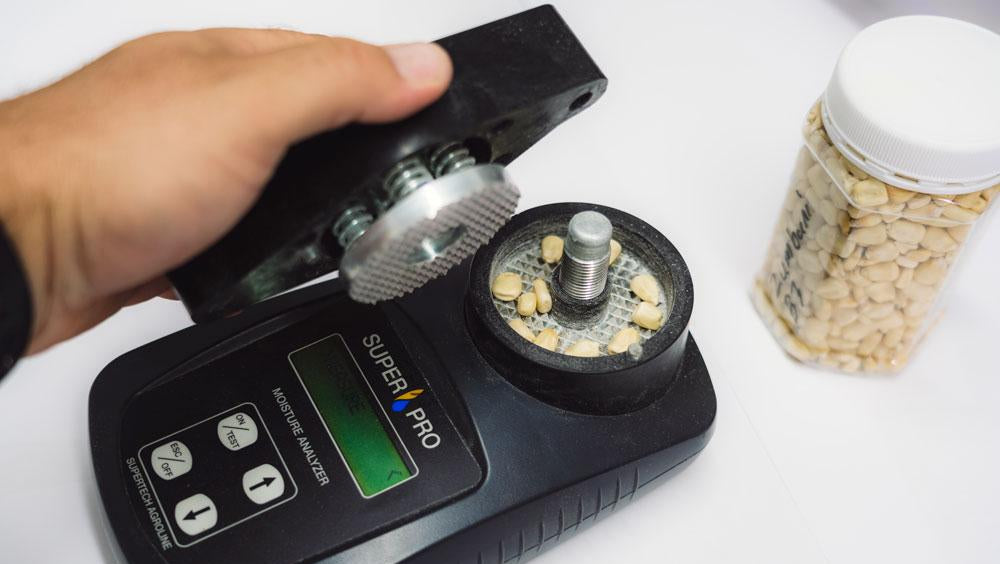
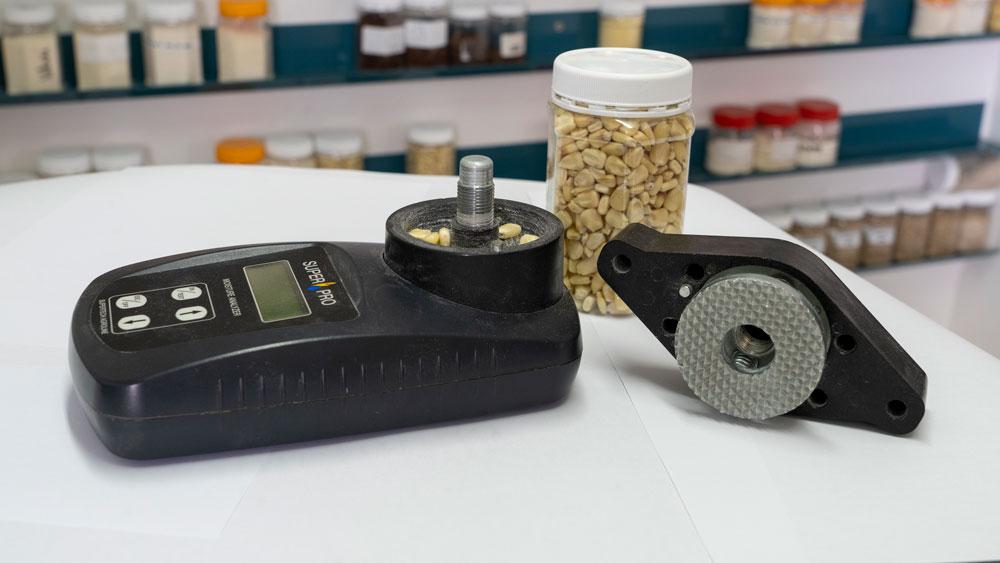
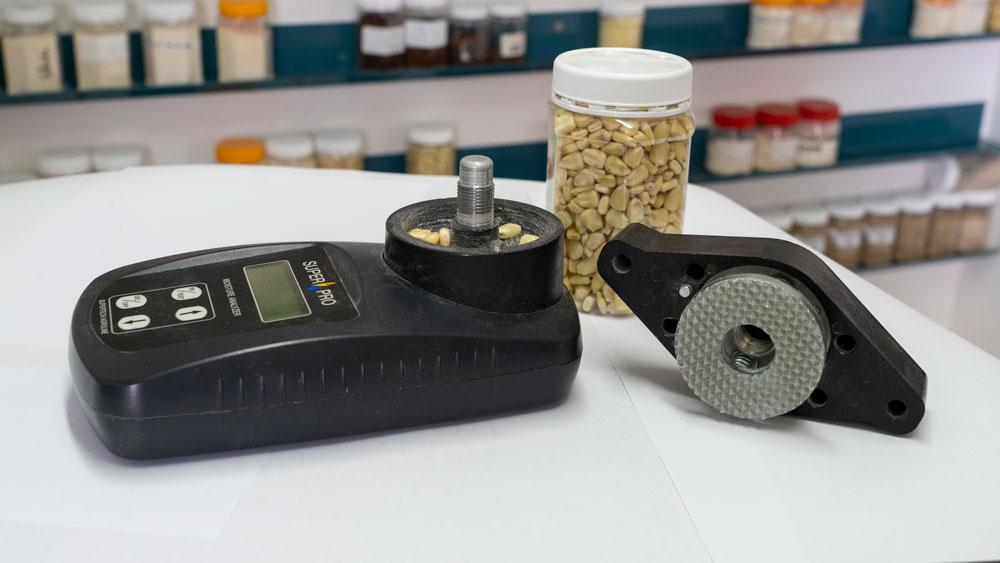

2 comments
Hi ROFF,
Can you please confirm what the Max moisture content of White and Yellow Maize Meal can be for Exporting from South Africa? Can Maize Meal go moldy and turn the bags black when kept in humid conditions?
———
Roff Milling replied:
Hello Shaun, Maize meal should be bagged below 14% moisture.
The information is perfect ,I am satisfied with the explanation.thank you🙏
———
Roff Milling replied:
Hello Darlington, great! Please let us know if you need any other information. Kind Regards